This easy tuna pesto pasta recipe is a delicious combination of tuna and aromatic, homemade pesto, perfectly tossed with al dente pasta. It's bursting with fresh flavours, it's filling, simple, yet elegant.
The best part is that it can be prepared in a jiffy and is perfect for an easy weeknight meal. It takes as long to make as it takes for the pasta to cook, so you can have this on the table in less than 15 minutes.
It's also an excellent option for packed lunches and tastes equally good hot or cold.
For another quick 15-minute pasta dish, try this delicious lemon garlic pasta! Or, this Spaghetti Arrabiata only takes 25 minutes to make.
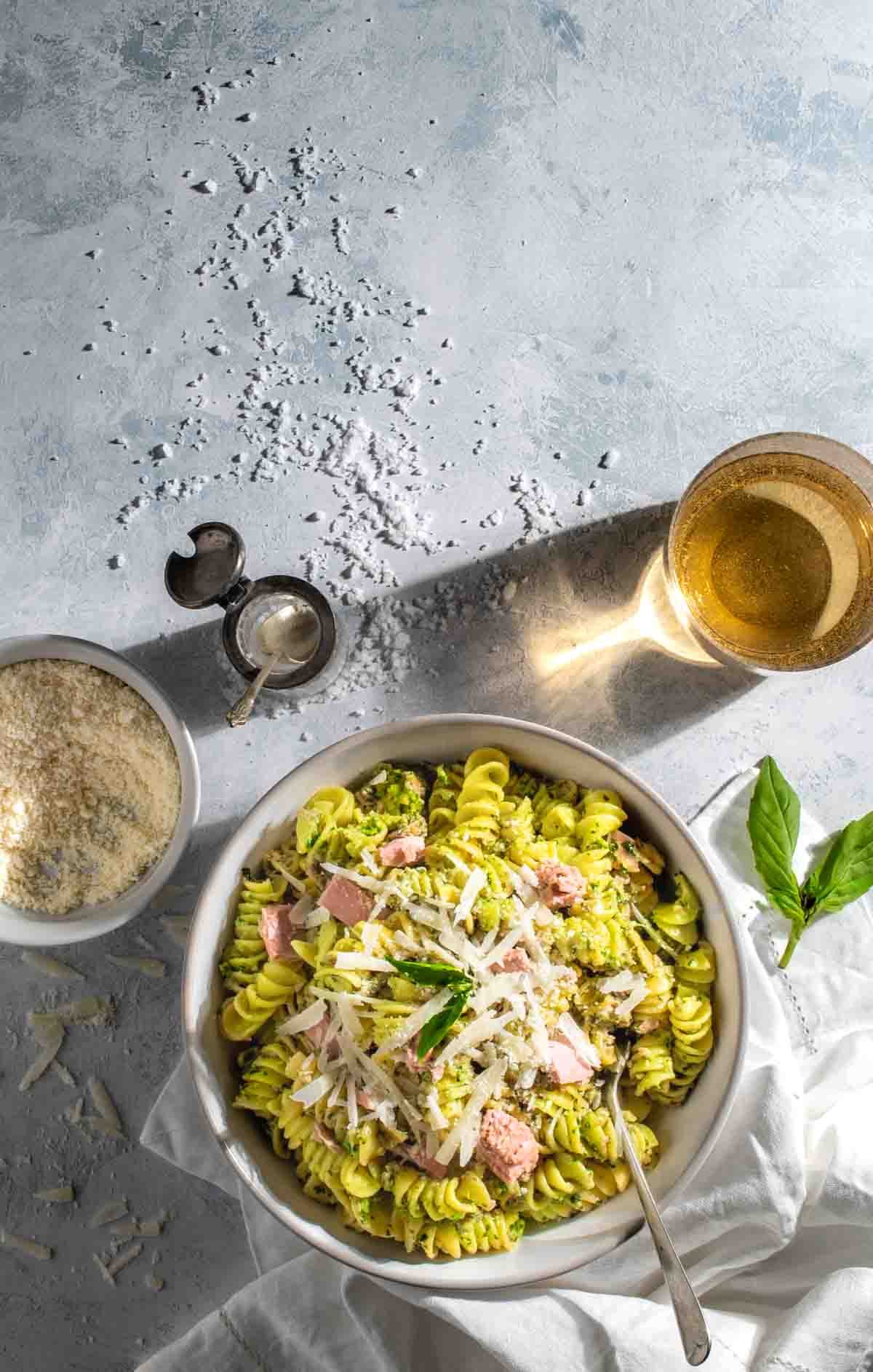
Jump to:
What's to love about this recipe
- 15 minutes or less to make, it's a great option as a quick meal on busy weeknights.
- Very easy to make in three simple steps.
- Using canned tuna and a few other pantry staples makes this an economical dish.
- Ideal for packed lunches and picnics.
- Made with healthy, fresh ingredients.
- Making your own pesto surpasses store-bought pesto by a wide margin in terms of flavour and quality.
- To make this dish vegetarian, you can easily swap the tuna for tofu and the Parmesan cheese for a non-dairy hard cheese alternative.
- Kiddy-friendly dish, ideal for the whole family.
Key ingredient notes and substitutions
**Please see the recipe card at the bottom of this post for the full list of ingredients.
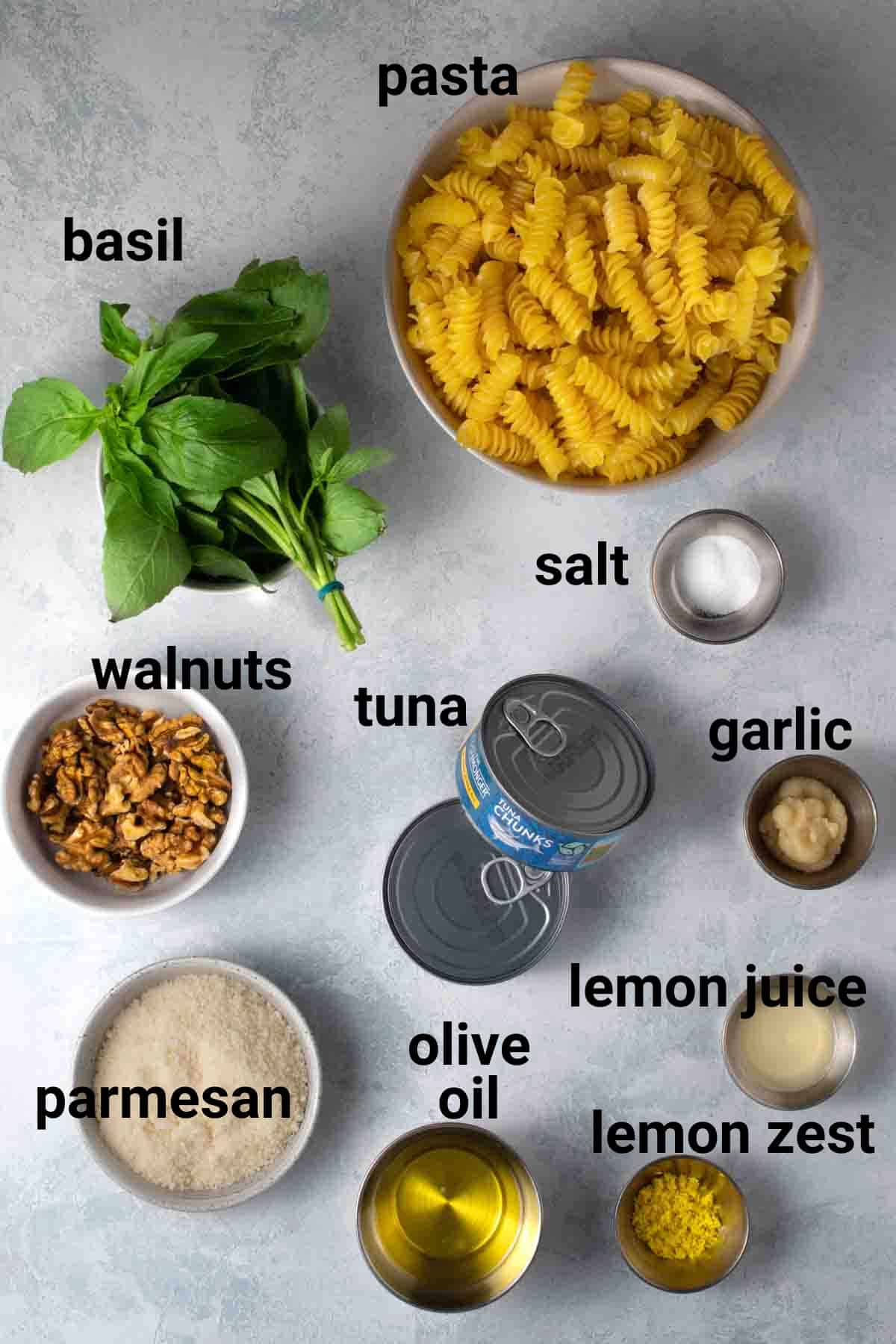
Walnuts
We prefer the texture and affordability of walnuts in the pesto, but if you'd like, you can use pine nuts instead.
Parmesan cheese
You also have the option of using Pecorino Romano cheese. However, we appreciate that both of these cheeses can be quite expensive nowadays.
Alternatively, you can find grated 'hard cheese' in many supermarkets, which is a more budget-friendly option compared to authentic Parmesan. While it won't be exactly the same, it will still provide a very similar taste.
Garlic
For the recipe, you will need two whole cloves of fresh garlic.
We recommend that you mince or crush the garlic before adding it to the food processor.
Adding whole cloves may need extra processing time in the machine and result in an overall finer pesto texture, which might not be what you want if you prefer a slightly chunkier pesto texture.
Alternatively, if you prefer a time-saving option, you can use pre-minced garlic from a tub or tube. In this case, you can add two teaspoons of pre-minced garlic to the recipe.
Lemon and lemon zest
Adding a bit of fresh lemon juice and zest to the pesto gives it a fresh and vibrant taste.
It also helps the basil maintain its green colour. If you don't have lemons, you can still make delicious pesto without them.
Olive oil
Olive oil, virgin olive oil or extra virgin olive oil are all okay to use.
Pasta
You will need 350g dried pasta of your choice, or 500g fresh pasta. We love using fresh fusilli!
Tuna
To make the recipe, you will need two tins of canned tuna, each weighing around 145 grams. After draining, you will have roughly 102 grams of tuna per tin.
If the cans of tuna you have are different weights than those mentioned above, no worries! Just make sure to use around 200 grams of drained tuna in total.
We recommend using tuna packed in sunflower oil for the best texture, but you can also choose tuna packed in water or brine for a healthier option.
How to make the pasta - Step-by-step
1. Make the pasta
- In a large pot of salted water, cook the pasta according to the package directions. Only cook until the pasta is al dente. Al dente means it's still firm when bitten, but not hard and chalky.
- Drain the pasta well and transfer it back to the saucepan.
- Optional - In many pesto pasta recipes, it's common to save a cup of pasta water to moisten the dish if it appears dry. However, for this recipe, we don't find it necessary.
But if you prefer or feel more comfortable doing so, you can certainly keep some pasta water aside to add if needed.
2. Make the pesto
- Start the pesto whilst the pasta is cooking.
- Toast the walnuts in a pan until golden brown and smelling nutty.
- Add the walnuts along with all the pesto ingredients to a food processor. Whizz until you have a smooth consistency, or to the texture of your liking.
We love leaving the pesto a little bit coarse, it provides a bit of texture to the dish.
3. Heat the tuna
- Drain the tuna and add it to a pan over a medium heat. Fry for 2 minutes until heated through.
4. Assemble the pasta
- Add the pesto to the warm, cooked pasta followed by the tuna.
- Combine well and test for salt. You can also add some freshly ground black pepper.
- Serve with a generous helping of freshly grated parmesan, or other hard cheese on top.
- If you made this pesto pasta salad as a packed lunch for the next day, make sure it's cooled down to room temperature first before storing it in the fridge.
Serving suggestions and variations
- Drizzle with additional olive oil, sprinkle more grated parmesan or add some fresh basil on top.
- You can also add your favourite vegetables, like red bell pepper, mushrooms, kalamata olives, cherry tomatoes, baby spinach, broccoli, artichoke hearts, sun-dried tomatoes, sweetcorn etc. (Tuna and sweetcorn is a great combination!)
- This is a very versatile pasta and you can swap the tuna for any other meat of your liking, like chicken, fried mince, fried tofu, fresh tuna or salmon.
- Make this gluten-free by swapping the pasta for gluten-free pasta.
- Make it vegetarian by swapping the parmesan with dairy-free hard cheese and the tuna with fried tofu.
- You can also eat this pesto tuna pasta as a cold pasta salad.
- Serve with a fresh, crusty bread.
- Serve with Panzanella Toscana salad.
- Serve with a simple Jerusalem salad.
- Serve with Rainbow salad.
- Serve with fresh, home-baked Danish rolls.
Storage
You can store the pasta in the fridge for up to three days in an airtight container. To reheat, simply warm it in the microwave for 3-4 minutes until it's heated through.
Another option is to heat it on the stove by adding the pasta to a saucepan with a splash of water and warming it gently over low heat.
Freezing Tuna pesto pasta
If you want to freeze the tuna pesto pasta, you can do so for up to 3 months. Keep in mind that frozen pasta may become slightly softer when defrosted and reheated.
If you plan to freeze it, consider cooking the pasta for a minute less than the recommended time on the packet.
FAQ
It is reasonably healthy yes! Tuna is a good source of protein and omega-3 fatty acids, which are essential for overall health. Pesto sauce typically contains olive oil, basil, nuts, and Parmesan cheese, which can provide healthy fats, vitamins, and minerals. Pasta is a source of carbohydrates, which can provide energy.
For a healthier version, you can swap the pasta for wholegrain pasta.
More quick weekday recipes you might enjoy
More fish recipes to try
Recipe
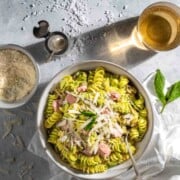
Tuna pesto pasta
Ingredients
For the pesto
- 50 grams walnuts
- 80 grams fresh basil
- 50 grams parmesan and extra for serving
- 2 garlic cloves - crushed or minced
- 1 tablespoon lemon juice
- zest from one medium lemon
- 120 millilitre olive oil - or 8 tablespoons
For the pasta
- 350 grams dried pasta of choice - or 500g fresh pasta
- 1 teaspoon salt
- 2 x 145g (102g drained) tins of tuna in oil - or tuna in water/brine
Instructions
For the pasta
- In a large saucepan, cook the pasta with the salt according to the packet instructions. Only cook until the pasta is al dente.
- Drain the cooked pasta in a colander and transfer back into the saucepan.
For the pesto
- Start on the pesto once you have put the pasta on to cook.
- Add the 50g of walnuts to a small frying pan and toast them over a medium-high heat until lightly browned and smelling nutty.
- To a food processor, add the toasted walnuts, basil, parmesan, garlic, lemon juice, lemon zest and olive oil. Whizz together until smooth or until the texture of your liking (we like it coarse!).
Heat the tuna
- Drain the tuna and add it to a frying pan over medium heat. If you are using tuna in oil there is no need to add oil to the pan. If you are using tuna in water/brine, add a small dash of oil to the pan first. Fry for about 2 minutes until heated through.
Assemble the pasta
- Add the pesto to the warm pasta followed by the tuna. Combine well and check for salt. You can also add a few grinds of black pepper. Serve warm with extra parmesan on top.If you made this for a packed lunch the next day, let the pasta cool completely before putting in the fridge.
**Nutritional data disclaimer**
Please keep in mind that the nutritional information provided below is calculated by a third party and we cannot guarantee the accuracy. We try our best to give you the most accurate information, but we do not take responsibility for errors that may be present. Also, the nutritional value of the recipe may change depending on the exact brands and products used. We recommend that you consult with a qualified healthcare professional or registered dietitian for personalised advice on your dietary needs.
Nutrition
For food safety advice, including guidance on food allergies


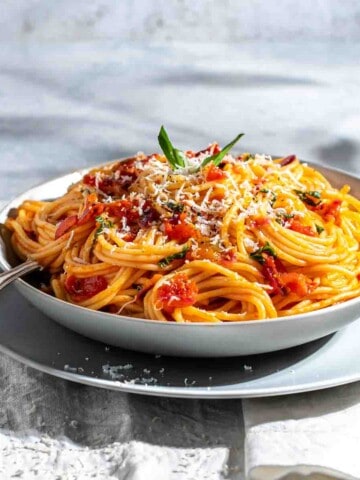
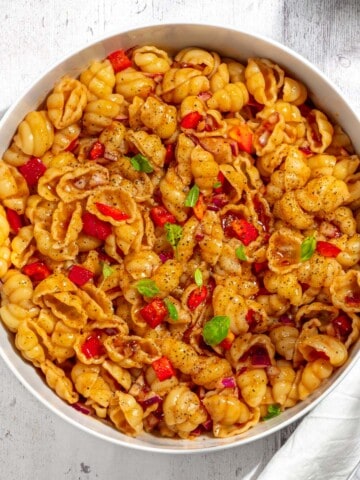
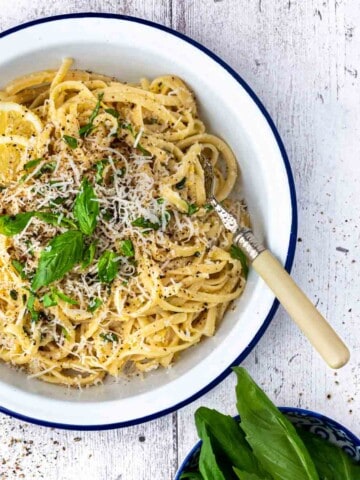
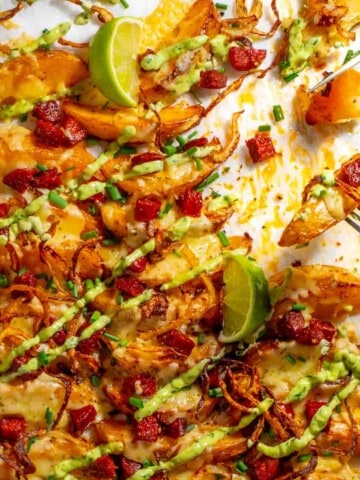
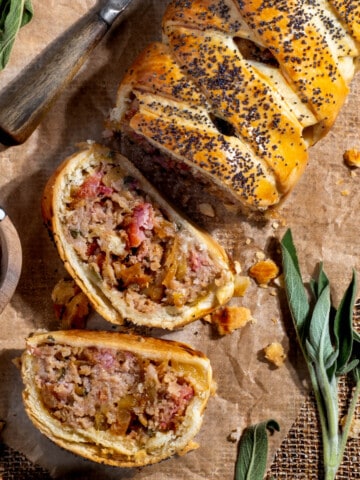
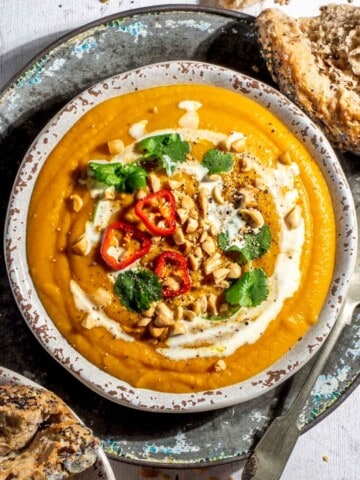
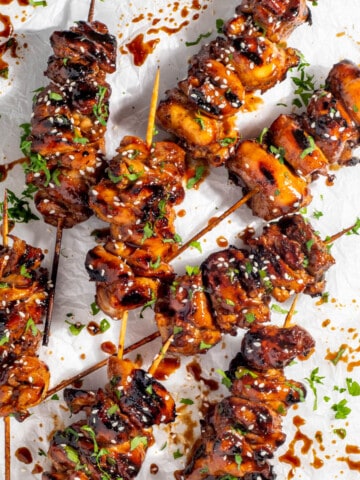
Leave a Reply